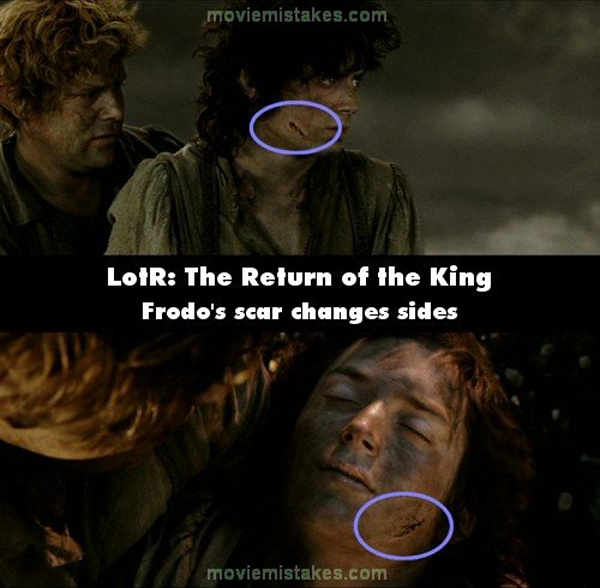Two neuroscience experts say there’s a simple reason we often miss continuity bloopers in TV and movies: our brains automatically correct minor inconsistencies in what we see over time.
Jason Fisher of MIT and David Whitney of the University of California, Berkeley discuss the topic in the latest edition of Nature Neuroscience.
The pair were investigating how humans resolve a disparity in vision. On the one hand, the world around us is generally stable and even if objects move or change in unexpected ways, it’s usually in a logical manner: things tend not to disappear or change dramatically in an instance.
On the other hand, the flow of visual information that goes in through our eyes can change frequently: we blink, move our heads or move our eyes, lighting can change, and other people or objects may block or obscure our line of sight.
Fisher and Whitney explored the theory that what we “see” at any precise moment doesn’t depend solely on the visual information we are receiving at that instant, but also the information we’ve previously received. In other words, our brains construct an image based on both what we literally see and what we expect to see.
They asked test subjects to look at a series flashes of images of gratings (light or dark bars) with the orientation of the grating selected randomly for each image.
The test found that people often gave the answer that matched images they’d seen previously rather than the image they were currently looking at. It also found that when the random selection threw up a run of several images with the gratings in the same orientation, then the longer the run, the more likely it was to misdirect the person.
Fisher and Whitney described the finding as humans having “a serial dependence in perception characterized by a spatiotemporally tuned, orientation-selective operator” which they gave the catchier name of “a continuity field.” Whitney notes this means that “the visual system sacrifices accuracy for the sake of the continuous, stable perception of objects.”
While it might seem a hindrance that what we see isn’t always “reality”, the researchers note that it saves us from a life of distress:
..without a continuity field, we may be hypersensitive to every visual fluctuation triggered by shadows, movement and myriad other factors. For example, faces and objects would appear to morph from moment to moment in an effect similar to being on hallucinogenic drugs…
Pacific Standard notes that this is behind the way we often fail to notice when something minor on screen changes without explanation in a movie where different takes have been edited together, as pictured (credit: Movie Mistakes.)

